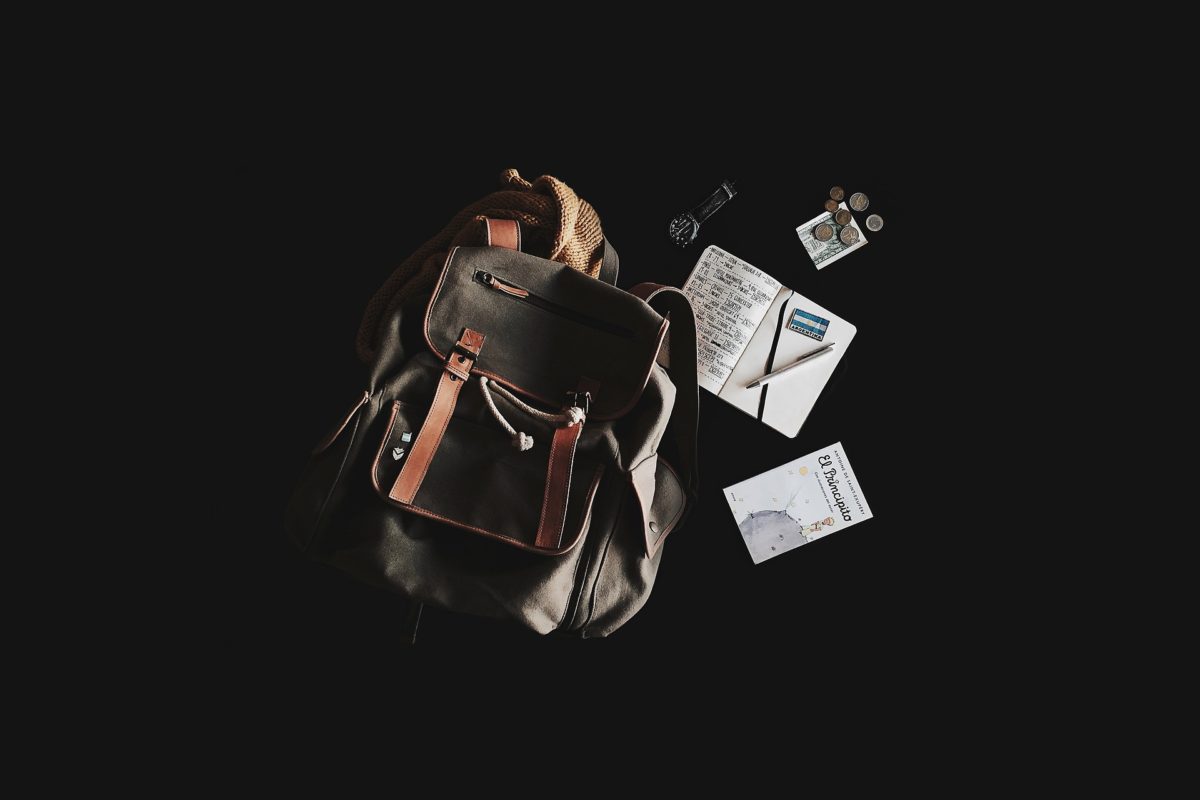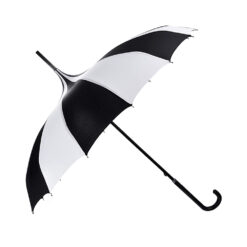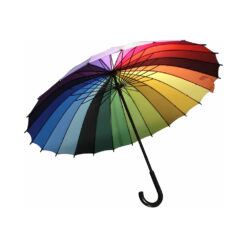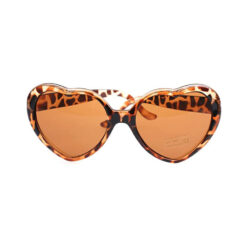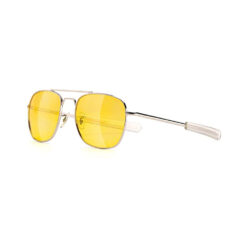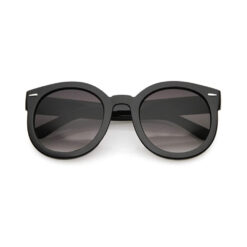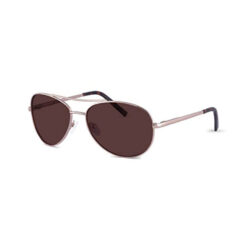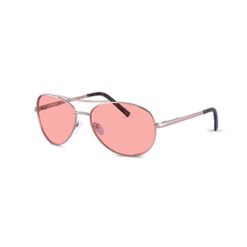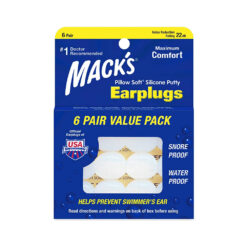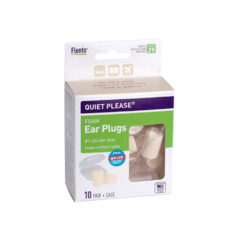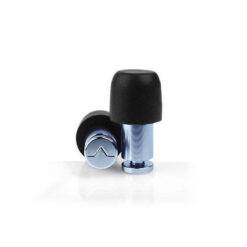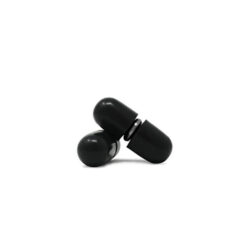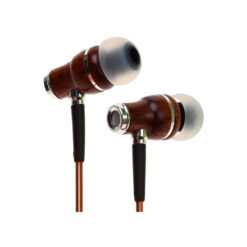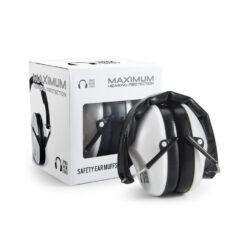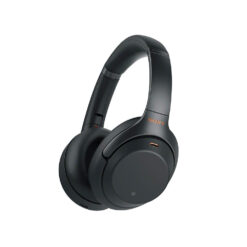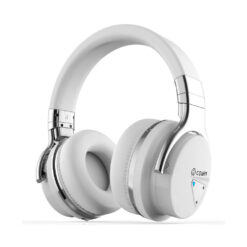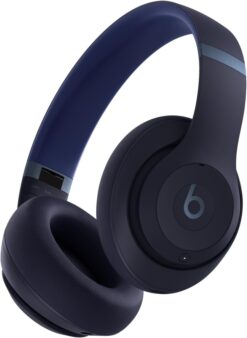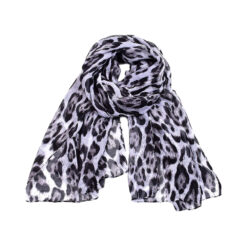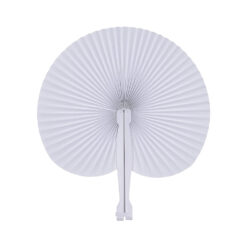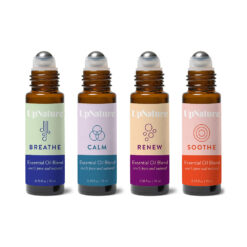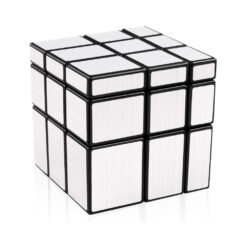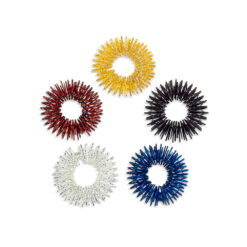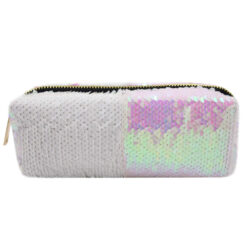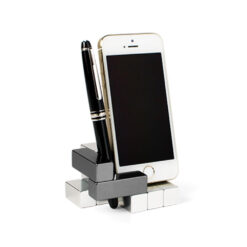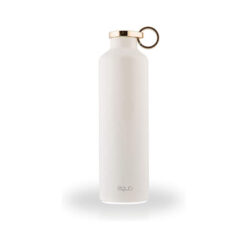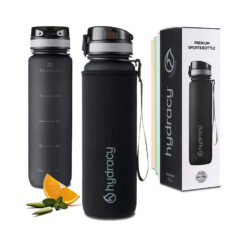Many of us have extra-strength senses. Lights are too bright. Sounds are too loud. It can make for a stressful and tiring day. Many of us hunker down and push through because, really, options are limited.
But what if I told you options aren’t so limited at all? What if you could modify and interact with your environment in ways that don’t leave you spent? That you can, in fact, go where you want when you want for as long as you want? (Well, mostly.)
That’s what a sensory kit does! It’s your personal portable survival gear for a world that’s too much.
What’s a sensory kit?
Well, I’m glad you asked. ? A sensory kit is any collection of items that allow you to regulate input thereby making you more comfortable. It can allow you to stay and play, to go where you might not otherwise, and just to enjoy your every day life a bit more than you might otherwise.
What’s in one?
Kits are personal. Everyone experiences life differently so you tailor your kit to your comfort. If you find lights too bright, voila, sunglasses! If you hear every subtle noise and every conversation at once, hello earplugs. It’s really up to you. And best of all, most sensory kits are made up of everyday items so it won’t burn your wallet to the ground.
So let’s take it one sense at a time and see what might be in your kit, shall we? Suggested items from the Autastic.com store are, as always, community picks (support autistic work!) Build your own kit according to your needs, budget, and availability. Ok, let’s go!

Life is too bright
Sensitivity to light is called photophobia (not a fear and not a condition unto itself). Aside from making daily life challenging, it can sap your spoons and also result in debilitating headaches. Managing light intensity — which can be as simple as wearing sunglasses — can leave you with more energy at the end of the day and greatly improve the quality of your life.
Regulate light input with tinted lenses, visors, hats with brims, and even umbrellas and parasols, if you’re sassy. Bonus: Sunglasses, in all their infinite variety, are a great way to express your personal style. Extra bonus? Super dark sunglasses hide the fact that you’re not making eye contact.
TheraSpecs and others make FL-41 lenses designed to filter wavelengths that contribute to discomfort and headaches. I consulted with an ophthalmologist to get the skinny on FL-41s for you. They revealed that one lens tint does not fit all. Pink lenses may work for some in some situations while doing nothing for the photophobic person standing next to them. Their recommendation? Test several inexpensive lenses in a variety of colors (yellow, pink, brown, grey, etc.) before committing to a big spend on quality lenses.
Wow, it’s loud in here
Yeah, life can be loud. And when it’s not, it can be insidious, worming its way into your head as high-pitched electrical whines and crackling, or the humming of motors no one else seems able to hear (because they can’t, you’re just awesome like that).
Try all the earplugs, from drugstore foam to custom moulded inserts, if you’re able. In this arena, spending more doesn’t necessarily mean getting more so try until you find your magic. Here’s the lowdown on a few options to turn it down a notch.
Earplugs
Simple earplugs are the easiest to use and lowest cost option next to fingers. A wide variety is available including foam, wax, silicone, kits for custom-fitted moulds, and even earplugs with sound filters inside. The fanciest ones in our shop feature a solid metal core for maximum density sound obstruction. Consider layering in-ear plugs with over-ear protection if needed (See Hot Tip, below).
Noise-Isolating Earbuds
Give earbuds fitted with noise-isolating tips a try. These are the ones that insert in your ear, creating a seal to physically block ambient sound thereby allowing you to listen to your media at lower volumes. These can be good in a pinch, even without anything playing. Passive noise-isolating earbuds are usually sold with earbud tips in silicone or expandable foam. If not, replacement tips are sold separately and easily found.
Ear defenders
Over-ear protection is often sold for high-volume activities such as shooting or construction. These cozy your ears in a nest of air and foam that dampen how much sound reaches your eardrums. To be effective, they need to be somewhat large so take care when squeezing into tight spaces. ?
?HOT TIP Double up for the ultimate dampening experience. Layer your over-ear protection on top of your in-ear protection. Great for long exposure such as stadium events, parades, fireworks, and other horrors.
Noise-cancelling headphones
Many auties report that the best of the best in sound reduction comes in active noise-cancelling headphones. These are battery-powered, over-ear, padded headphones that monitor the noise levels in your immediate environment. They produce sound that cancels out ambient noise leaving you in peaceful bliss. Great for busy urban environments or for creating a cone of silence anywhere. This is the priciest option but those who rely on them say they wouldn’t do without and I agree.
It’s too hot/too cold in here
Yep, we can be super-sensitive to temperature changes too. Be ready with your very own portable climate system (sort of). Personally, I carry a fan and a scarf because you never know and I use them both often. My scarf is large enough to cover my shoulders and arms for warmth but lightweight enough to fold into nearly nothing. Whatever you choose, your regulators should be small and light enough that you won’t mind carrying them wherever you go.
Well that feels just awful
Sometimes, when we’re out and about, we’ll encounter textures we’re not overly fond of. They might be scratchy or powdery, squishy or sharp. Whatever it may be, it can sometimes help to counteract it with something pleasant. Try a sweet-smelling lotion, oil, or mist in a travel-sized container. Or mints to banish bad mouthfeel. Consider what throws you off your game and what you can bring to get you back on track. If you’re unsure, keep notes in your journal for a week until it’s more clear.
Do you smell that?
Autistic noses can be some of the best noses. We can smell that forgotten item in the fridge that’s gone off days before anyone else. True story. Since the olfactory sense is closely tied with taste, you can often use the same items in your kit for relief.
For instance, a sniff of that deliciously scented hand lotion can override the noxious odour than nearly took you out. Your emergency scarf can block offending wafts until you’re clear of the area.
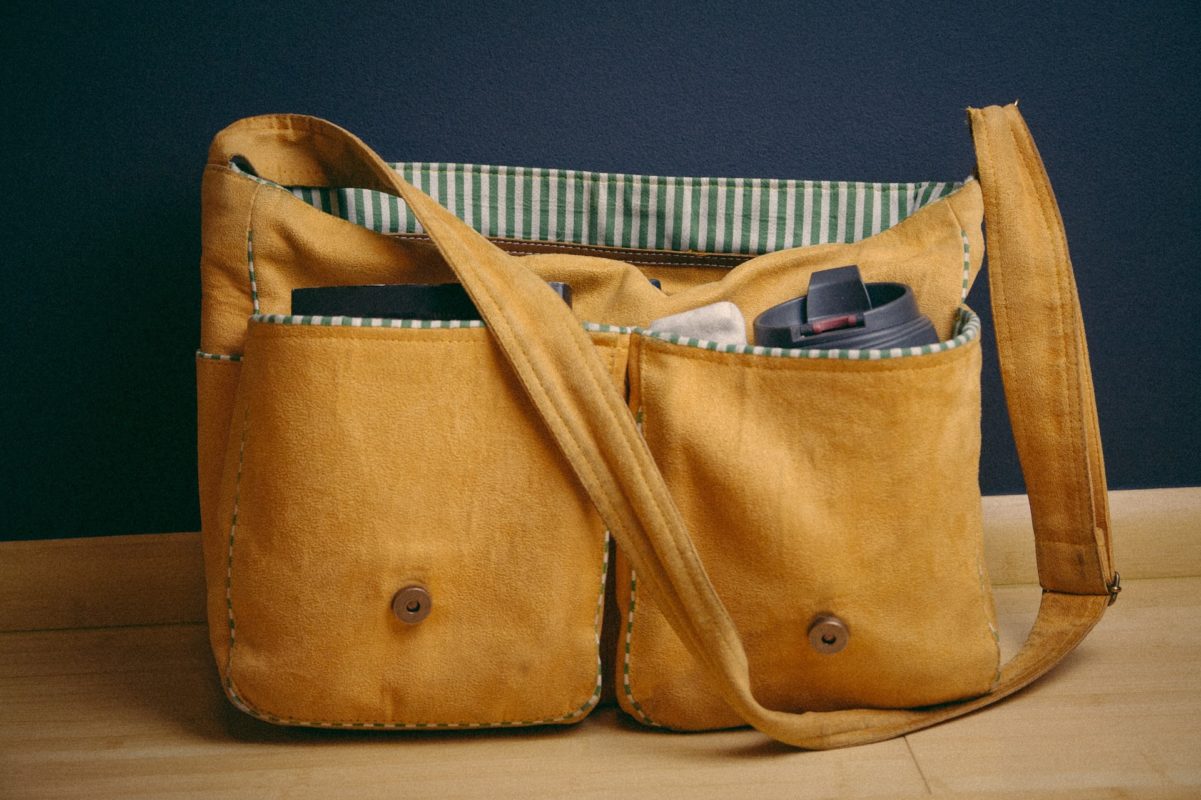
Stim tools
Every good sensory kit needs to have at least one choice stim tool or toy. Because stimming is often to relieve sensory overload, it makes good sense to make sure you have access to what you need at all times. See Stim! Stim! Stim! for toys and tools that fit every body and every sense.
Snacks
Part of managing overload is ensuring we’re well-nourished and hydrated. My sensory kit includes one power bar and water at all times. When I return home, I make sure to replace both if they’re low. It’s a habit now and I do it without too much effort. Making sure I don’t get too hungry or thirsty goes a long way to a better mood and a better day.
Pack it all up!
The key to an always-at-hand sensory kit is to keep is small, lightweight, and unobtrusively portable. If you don’t want to carry it because it gets in the way or is uncomfortable, you won’t. And that will leave you stranded when you need to help yourself the most.
My go-to is a small mesh pouch that I toss in a backpack or small bag, depending on my day. (Mine is like this one only smaller.) The kit comes with me wherever I am, period. I can see into it without having to dig around and that also makes things a bit easier.
So what’s in my kit?

My kit changes from time to time but has the following core items that I’m always happy to have on hand for sensory and other life needs: lip balm, earbuds, earplugs (silicone, wax, and a pair of SoundOx), lemon balm for dry skin and its heavenly scent, caffeinated electrolytes, a snack bar, hard candy, antacids, Sea-Bands, bandages and antibacterial ointment, safety pins, a mini phone charging cable, one hair elastic, a fan, my favourite squishy ball, and any medicine I might want in case none of it works and a headache comes my way.
Yes, most of that fits in a pouch the size of my hand. And yes, water is always included.
What’s In My Bag was a thing on YouTube a while back (who knows, maybe it still is). Here is Connor Ward‘s contribution where he shares the items he carries with him through life, i.e. his sensory kit. Enjoy.

